Even before the pandemic trapped much of the world indoors, my roommate vocalized his desire to upgrade his work station, where he works with a PC, two monitors, and a work laptop. He didn't like his setup anymore: his desk didn't leave room for his iRacing setup (there wasn't enough space for his racing pedals), his chair's pneumatic suspension had broken and dropped the seat to its lowest setting, and the frame was jabbing through the padding.
A lifelong gamer on the peripherals of the esports industry, he knew where to begin his quest to upgrade his computer station: the “battle station” community.
“Battle stations” are home PC gaming and work setups, but with custom flourishes that give them a personalized aesthetic. They’re a cross between a “gaming den” (or what interior decorators called a “man cave” for ages) and a “home office,” with many of the functional advantages of both: ergonomic seating, gaming equipment, “fun” and exciting decorations.
Gaming has a reputation for its quirky aesthetics. LED lighting and cushy, multi-colored office chairs are keystones of gamer setups. There are well-circulated images including posters, collectibles, figurines, and walls of games crammed into one room. And many desks have near-literal walls of monitors, held up by mounts. It's an aesthetic that is often tacky and, taken to extremes, is beyond parody.
Our research into recent battle stations, however, turned up changes in the song and dance that were pleasant and interesting. The old-fashioned “gaming” aesthetic is being toned down, even vocally, by many popular posters. Collectibles are less frequently thrown up en masse, and more often placed with intent. Many setups were pretty close to matching the minimalist appeal of classic Apple products, or the sleek architecture of Vincent’s home in _Gattaca_—a radical change from the excessive.
These were setups where even Herman Miller could easily squeeze in its own take on gaming culture. The high-end, borderline-luxury professional and home office furniture company recently released the Embody Gaming chair, a collaboration with gaming electronics company Logitech. At $1500, it had players gawking and discoursing about the value of ergonomics.
To the shock of many, the chairs sold out within a day. But it only makes sense: now, in the midst of a stress-inducing pandemic, people want a place where they feel comfortable spending hours upon hours playing or working. Who wouldn’t want to feel more at home within one’s home?
Fully Operational
The concept of a “battle station” ties in with gaming’s decades-long string of masculine-leaning gaming marketing and enthusiasm for consumerism. The name appeared in Urban Dictionary in 2010, but has been used for far longer within gaming communities. It itself is indicative of control and militarism, of power and ownership.
In a variety of gaming communities, “battle station threads” have remained a mainstay. Even over a decade ago, before 4chan’s rise to infamy, its forums would have regular threads of battle stations, though it was a toss-up of joke images, original pictures, and stolen classics.
Meanwhile, certain visual staples of battle stations, and the “gamer aesthetic” that accompanied it, arose over time. See-through PC towers made of glass and either metal or plastic, normally built by the users, allow anyone to see the elaborate choices of hardware powering the games. LED lights provide enough light to see without straining one’s eyes. Cushioned racing chairs look “cooler” and provide mild ergonomic perks.
The battle station culture eventually merged, like most of the internet, with “web 2.0.” Now, Reddit’s “/r/battlestations” subreddit is considered the go-to user-friendly hub for battle station inspiration and sharing. And with the increased population, even before the pandemic, ambitions are higher than ever as well. But even though it seems like a climb to the top, that’s not how most approach the community.
Despite the growing amounts of effort and money being thrown at the most ambitious projects, battle station-building is not a competition. It's a personal project where, in the process of building a space they love, people essentially become amateur interior designers.
In speaking with several /r/battlestations users who recently submitted popular setups, most spent at least four hours a day at their setups. Most were gamers, and those that identified with gaming were the most likely to lean into classic gaming quirks like LED lights or shelves.
Andreas, on Reddit as Weppe1983, has a gaming-focused closet—literally—he set up in order to accommodate his first child elsewhere. While he managed to squeeze a lot into the space, he still enjoys the smallness of the setup, comparing it to a cockpit. On the other hand, ViruzPro, or René, made simple touches of basic wall shelves and blue LEDs. He not only wanted to make his space nicer, but also give more room for both his virtual racing and virtual reality setups.
Those that weren’t focused on gaming were more likely to put together desks straight out of a home design catalog. Don, or CheekiScrub, needed a clean, large, and efficient workspace for his work as a lighting director for live events and broadcasts. His setup spans three ultrawide monitors, and is lightly decorated with plants that contrast against a wooden desk. Meanwhile, Joey, who goes by JHazes, games but focuses most of his time on his schoolwork and photography. He went with a sleek, greyscale look, with touches of green plants and an asymmetrical light in the background.
Everyone I spoke to put in plenty of effort to try to match their own personal preferences. Many emphasized the importance of wire management in achieving their perfect sleek setup. There were conflicting opinions about the value of LED lighting, though most had some type of custom lighting integrated.
Tee (tlee37), who spends about 12 hours a day at her setup, didn’t have to stretch too far trying to achieve her own self-described “pastel/skater/weeb” aesthetic. Most notably, she painted a custom-built monitor stand pink to add a sweet touch to an otherwise-white setup. It’s also touched up with small figurines, “fairy lights,” and even a pastel-colored keyboard. She went against the grain in one major aspect: “Clutter can be cute,” she explained to me, “and makes it yours.”
Reems2020 has posted multiple impressive setups on the forum, including one in an old cotton mill. He says each setup reflected the place he was living, as opposed to personal taste alone. For instance, the cotton mill featured warmer colors and a wooden desk, while his most recent battle station, in an apartment in Seattle, has mostly minimalist white components spanning across the setup, with plants and soft LED panels adding finishing touches.
“Some things sound better in the planning phase but fall short in execution,” he told me. “I think each setup I put together has taught me lessons about how to make a space more livable and functional... I think part of the allure of the hobby is chasing that ‘endgame’ perfect setup, but deep down we all know we will tinker and change things forever.”
Plenty of money goes into it, too, and not just for expensive office chairs. From the top-of-the-pack setups I asked about, I was given a frequent low ballpark of about $3000 to $5000 USD, though this also often included the PC and other technology. Carson, who goes by Walrisis, estimates he spent between $15,000 to $17,000 total on cycling through his setup’s various components, though he also sold many older components in the process. Andreas estimates that his was about 10,000€.
Much of this was spent over many months or years, as it’s common for these builders to collect components and “upgrade” peripherals over time. But it’s worth the time, effort, and money to them; after all, many spend literally half of their waking day here.
If gamers are willing to put real money into their setups, companies like Herman Miller are interested in taking it. Herman Miller has been one of the biggest names in office furniture design for decades, a manufacturer that bridged Mid-Century Modern design and the Information Age. But while anyone who spends time with computers has probably been aware of the company (at some point, everyone who works on computers has considered an Aeron chair or something similar), the company has never really pitched its products at gamers directly.
That changed with the Embody Gaming chair. Herman Miller now more proactively seeks to impress gamers and, even more directly, battle station builders. The company’s fame is not only for its products’ sleek visual design, but also the “science-backed” ergonomics that it claims will improve comfort in everyday use. While there are companies with “gaming desks” including Ikea, Wayfair, and many Amazon-supported generic companies, few have leaned as blatantly into marketing gaming-focused products as Herman Miller now does.
The Embody Gaming looks like it could fit into many of the subreddit’s popular setups, and it’s no wonder: Herman Miller designers even lurked about /r/battlestations, as well as the company’s own subreddit, to find inspiration and feedback. It’s no wonder the Embody Gaming looks like it could fit into many of the subreddit’s popular setups. The chair sits at the intersection of “gamer” and “home office” aesthetics, with a professional but familiar deep black color and light blue highlights familiar to those who know the Logitech brand.
Jon Miller, the company’s Game Business Lead—a role I was impressed exists as much as the gaming community may be—explained to me that the goal was to have a product that would look sleek in all situations, from daytime Zoom business calls to late-night raid sessions. Campbell boasted that Herman Miller “understands that type of high design.” After, all the vast majority of battle stations are multi-purpose home offices and hobby centers; he observed that most don’t have their own dedicated rooms, sharing estate with bedrooms, living rooms, dens, and other spaces.
“We're meeting the gamers’ needs, but we're also meeting some of these other needs of an office worker,” he explained. “Obviously the ergonomics, but also the design too, right? They want their working space. When they're on a zoom call with their boss or their CEO or someone else from another company, they feel like that space is representative of their professional life as well.”
The ergonomics seem to count for a lot, though, perhaps highlighting another aspect of this change in "gamer" aesthetics. A lot of players are getting old enough to encounter the kind of aches and pains that eventually drive a lot of people toward more expensive furniture. Herman Miller is definitely trying to reach gamers more directly, but a lot of them are also in a place where they finally see the value of springing for a fancy office chair.
Lifelong gamer Theory96 found the price of a new chair intimidating, but after COVID-19 made his outings less frequent, he went all-in on a custom Embody chair.
“I look at having a good ergonomic chair comparable to sleeping on a good quality mattress,” he explains. “They say you spend half your life sleeping, so why would you cheap out on a mattress? Since I'm spending almost half of my life now at my desk, why would I cheap out on [a] chair?”
While Thien, who goes by TylorNgo on Reddit, isn’t a frequent gamer, his simple but charming battle station includes a Herman Miller chair, bought used for far cheaper to help keep his back pain at bay as a software designer. He says the frequent replacement of a budget “racing” chair makes even buying the more durable Herman Miller chairs justified. (He also has an adjustable “standing desk” for extra comfort.)
Herman Miller’s approach to its first gaming chair aligns with a wider observation about battle stations: the “gaming aesthetic” is growing up, much like the gaming community itself. As a result, even for non-gamers, many of the luxuries and conveniences of gaming setups are slipping into everyday life.
A “racing chair” is a less-than-professional look compared to even a normal office chair, but it’s forgiven for its relative comfort and aesthetic of cushy luxury. Meanwhile, “gaming” headsets are regular recommendations now for those seeking to have privacy and quality in voice chat, while not sacrificing appearance.
Sleekness doesn’t have to be a top-shelf product. For many in /r/battlestations, Ikea is a mildly-surprising go-to for supplies and furniture. In fact, the only thing more common than a PC and peripherals at /r/battlestations is Ikea’s Alex drawer unit, normally topped with either an Ikea wooden table top, or one from a hardware store. Either is often accompanied further by an Ikea monitor stand. It’s an example of both Ikea’s versatile, customized, and simplistic design philosophy and the ingenuity of these battle station builders.
Ikea hasn’t let the movement towards video gaming products go unnoticed. The company announced last year a collaboration with Area Academy, a high school educational esports organization, and prosthetic 3D printing specialists Unyq for ergonomics-focused video gaming products. Plus, a spokesperson for the furniture company noted in an email that the pandemic has further increased interest in at-home activities.
“There are around 2,5 billion gamers in the world, and the needs of this significant group of people have been so far overlooked from a life at home perspective,” the Ikea spokesperson explained. “This made us look into exploring the world of gaming, and how IKEA can improve the life of the many gamers.”
Ikea’s involvement makes perfect sense. Battle station design, again, is essentially interior design for at-home workers and gamers, and Ikea is the everyday worker’s interior design center. "Gaming" accessories were primarily designed and marketed like toys, but that's increasingly not what people want. A desk is a desk, and where else but a furniture store would you buy a desk? Other “gaming” or “office” desks are overpriced or too hyper-specific in design in comparison, or don’t have the straightforward aesthetic that allows for further personalization down the road.
In the end, that adaptability is what the hobby is all about. Battle stations are projects that often start as little acts of prioritizing one’s wants and needs, then building towards something bigger. The right desk, chair, or PC tower is only the beginning.
from VICE US https://ift.tt/3gObsdD
via cheap web hosting
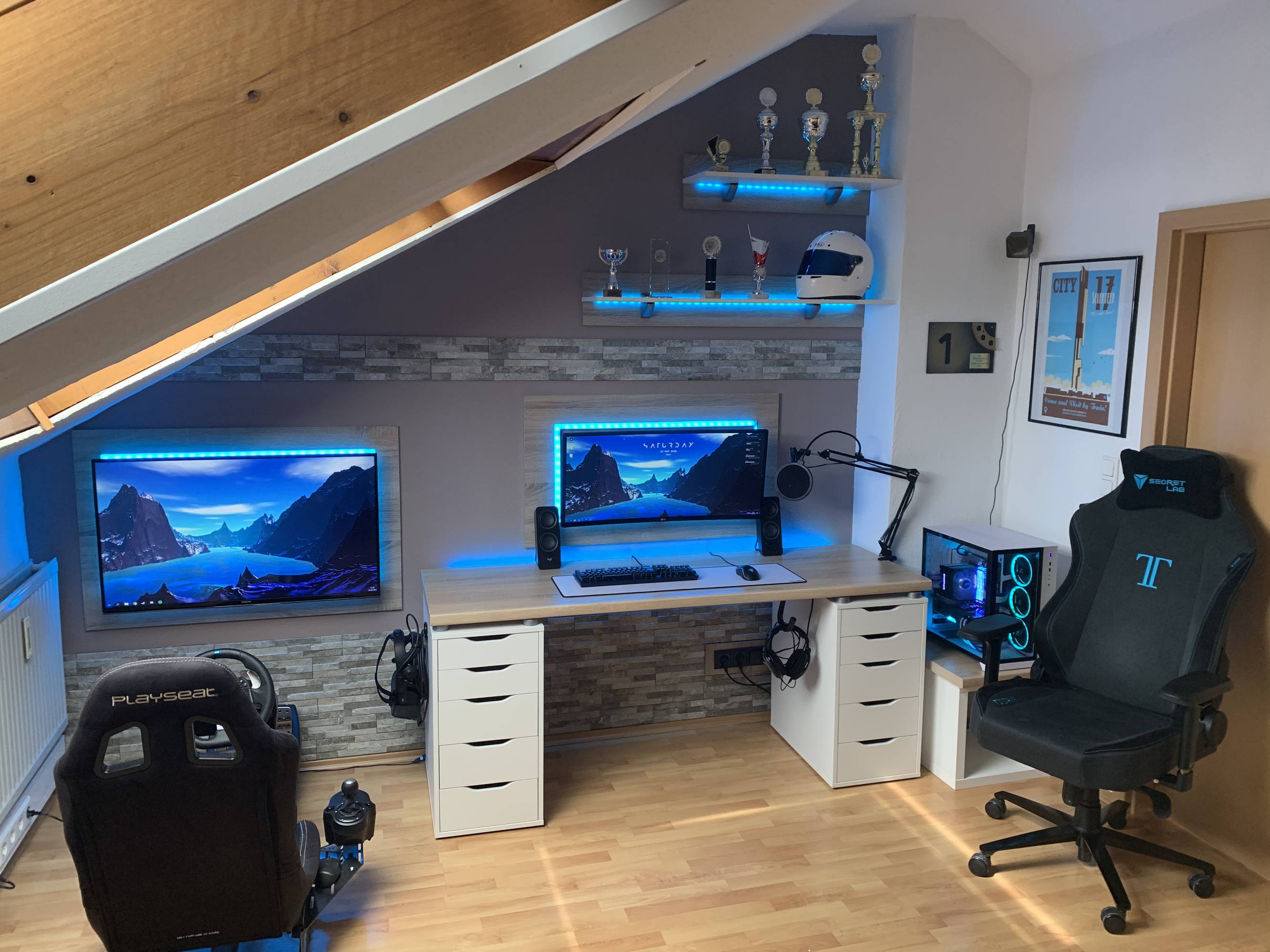
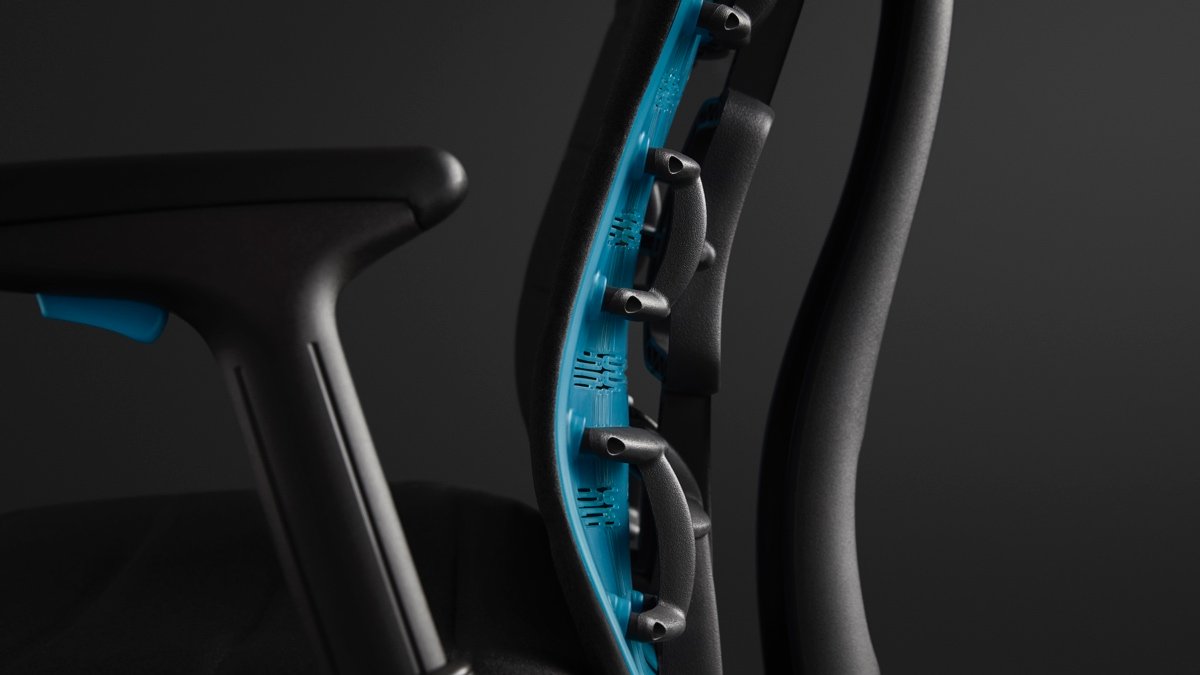
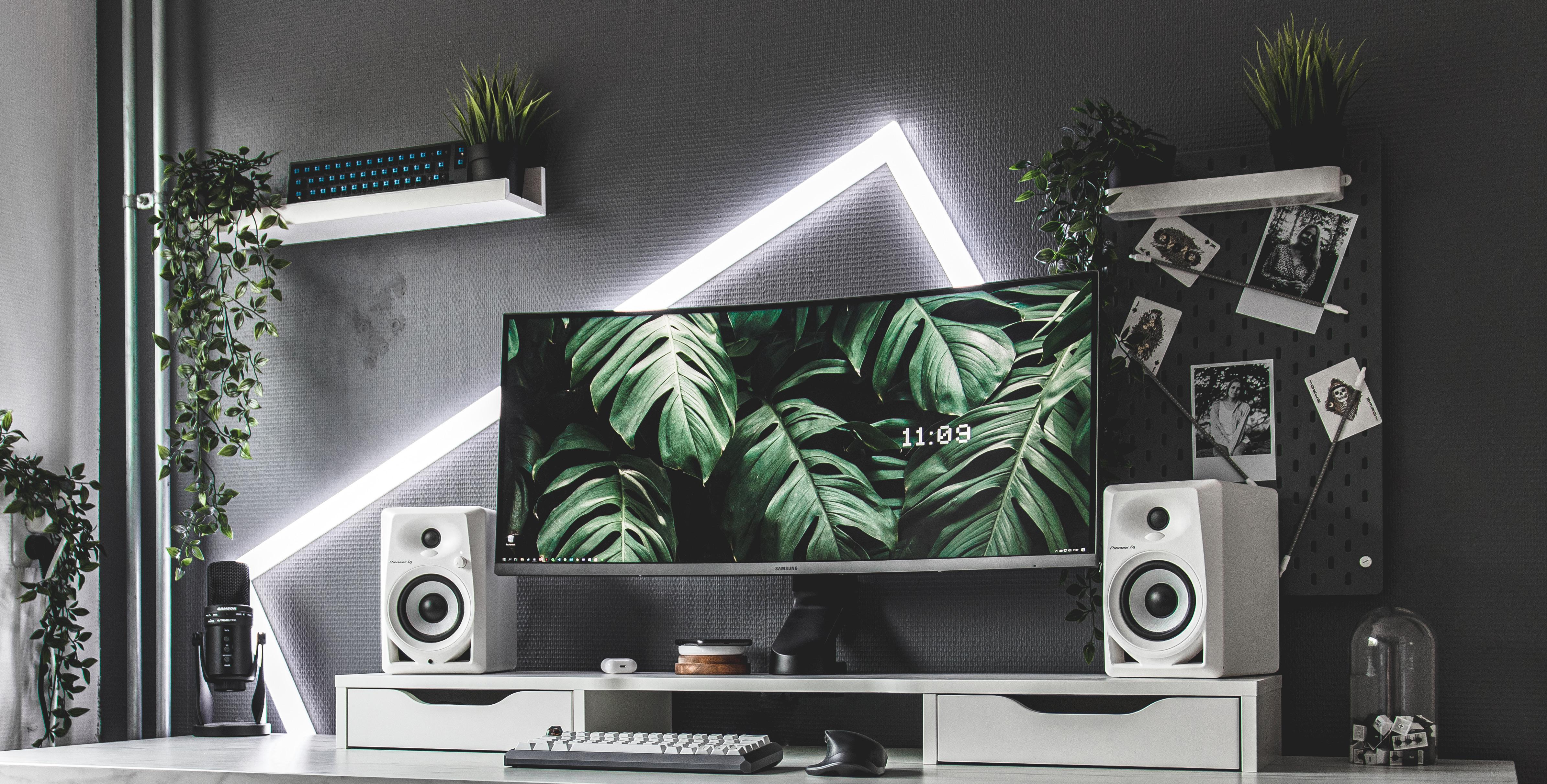
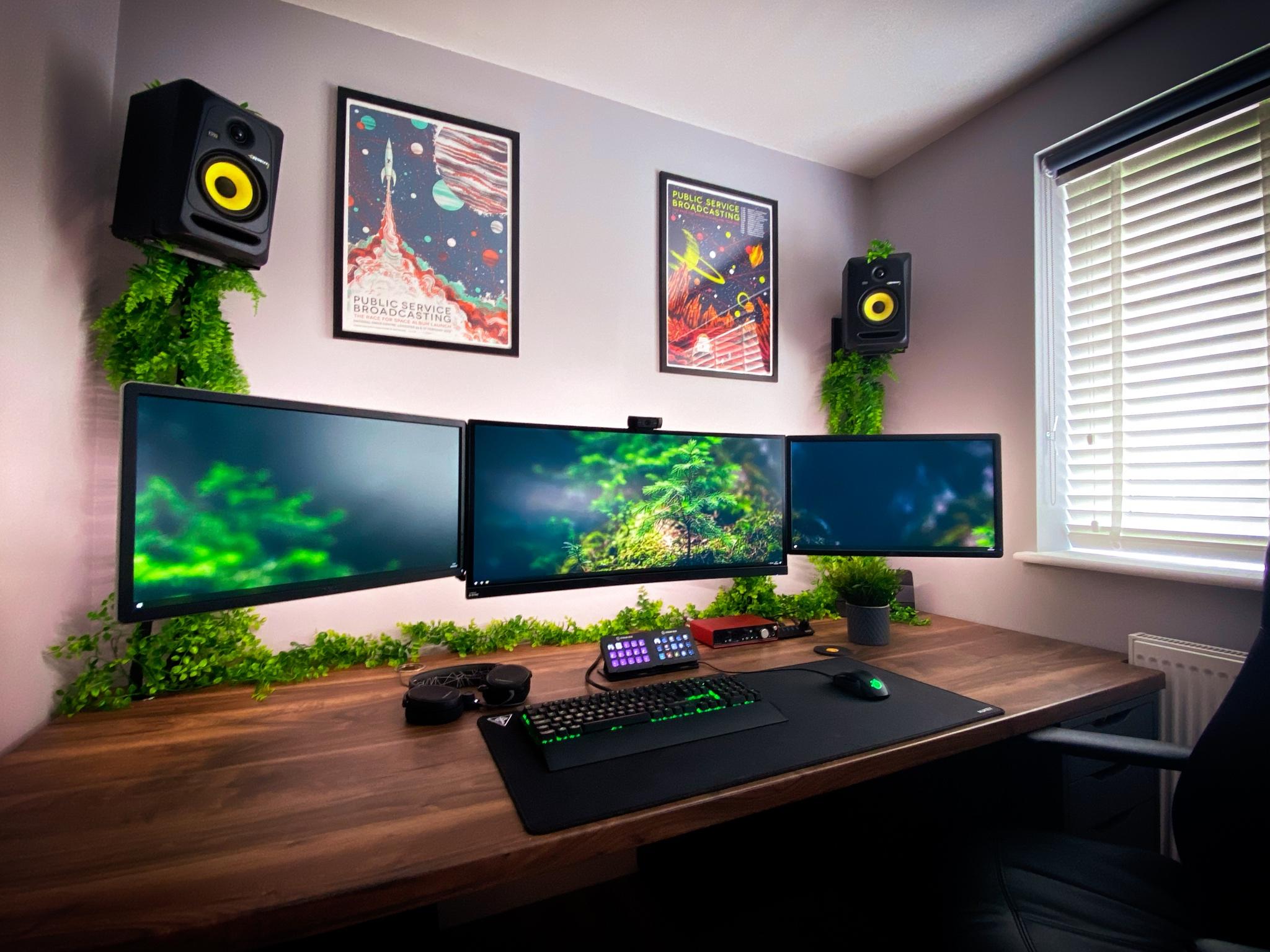
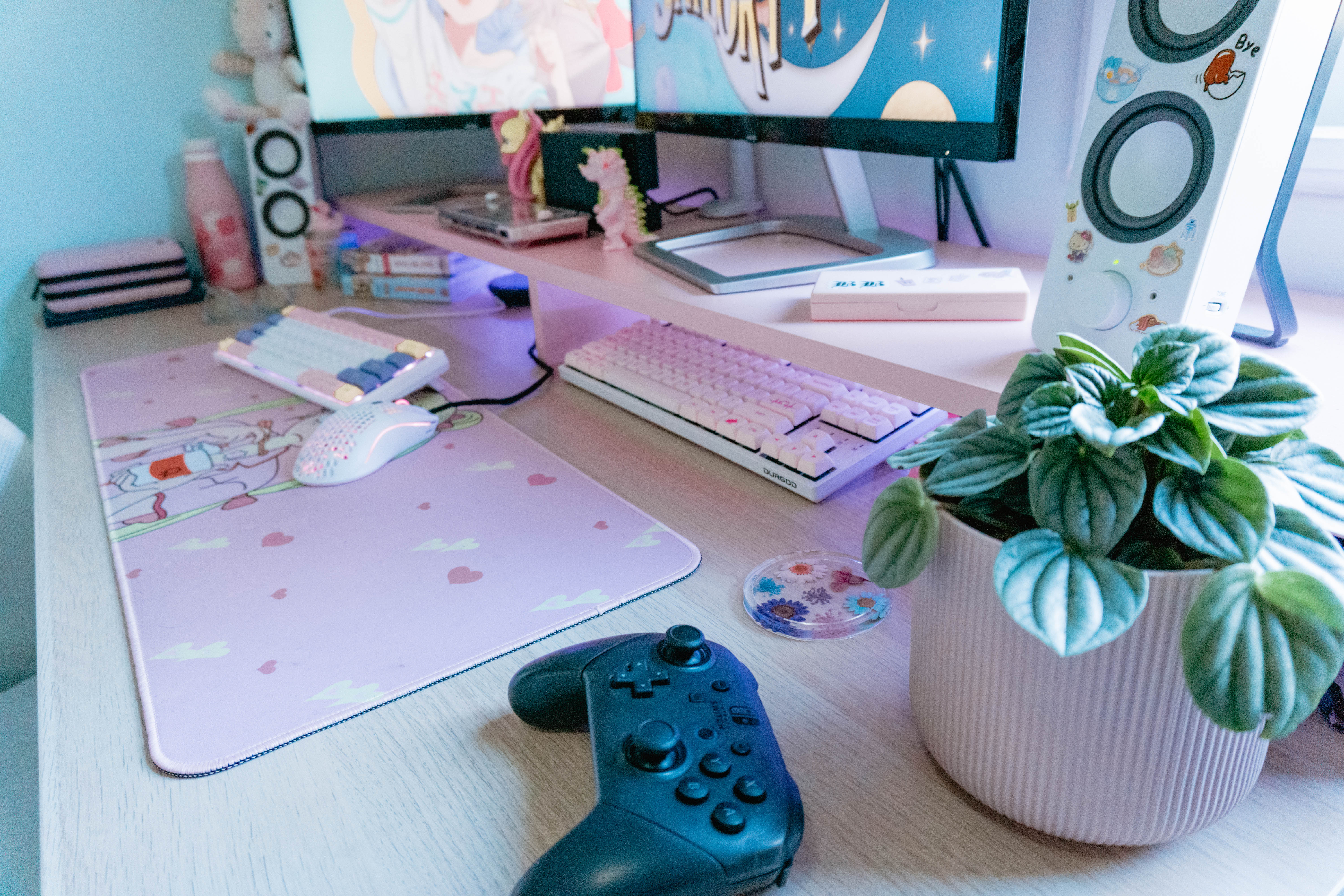
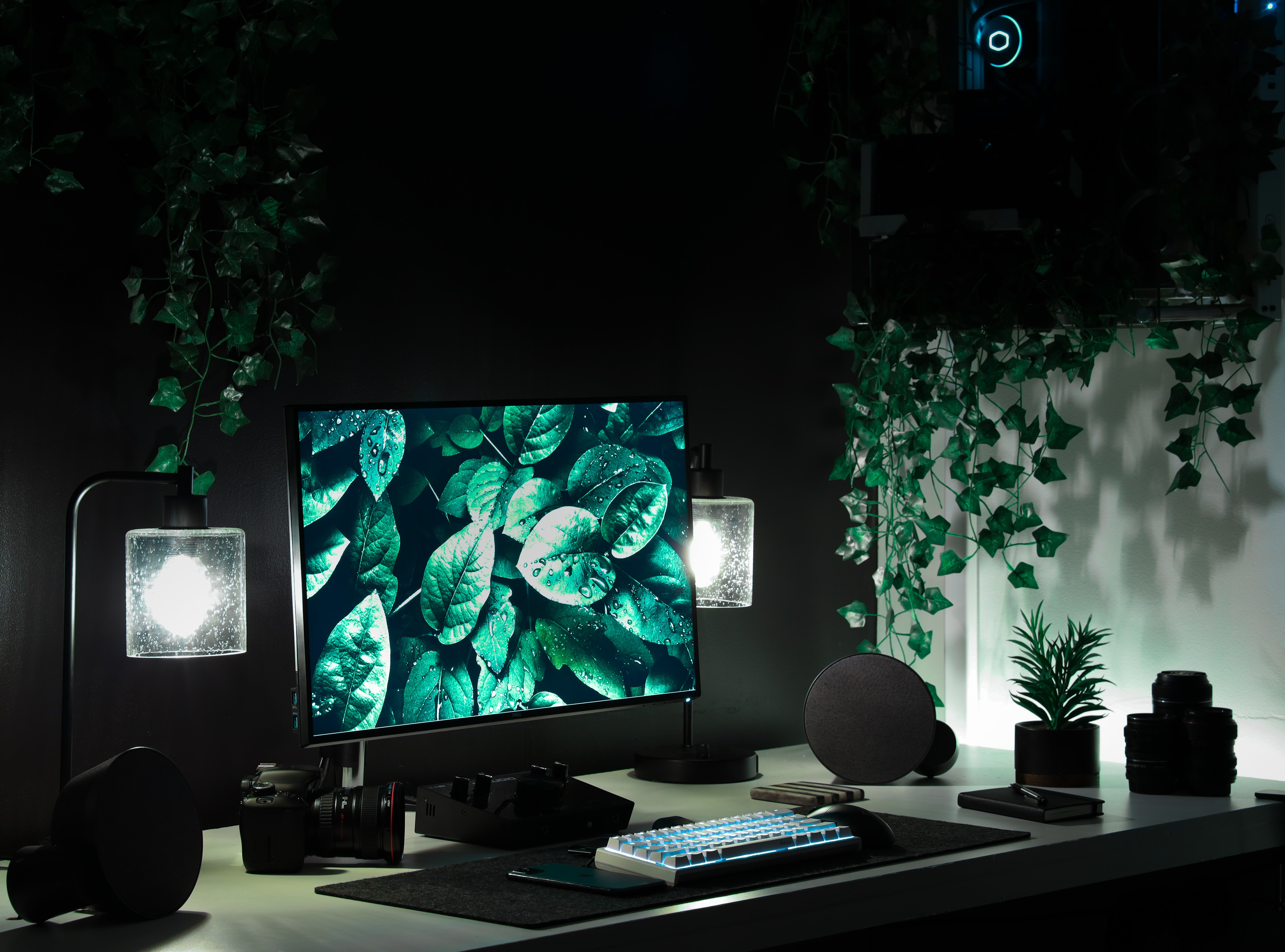
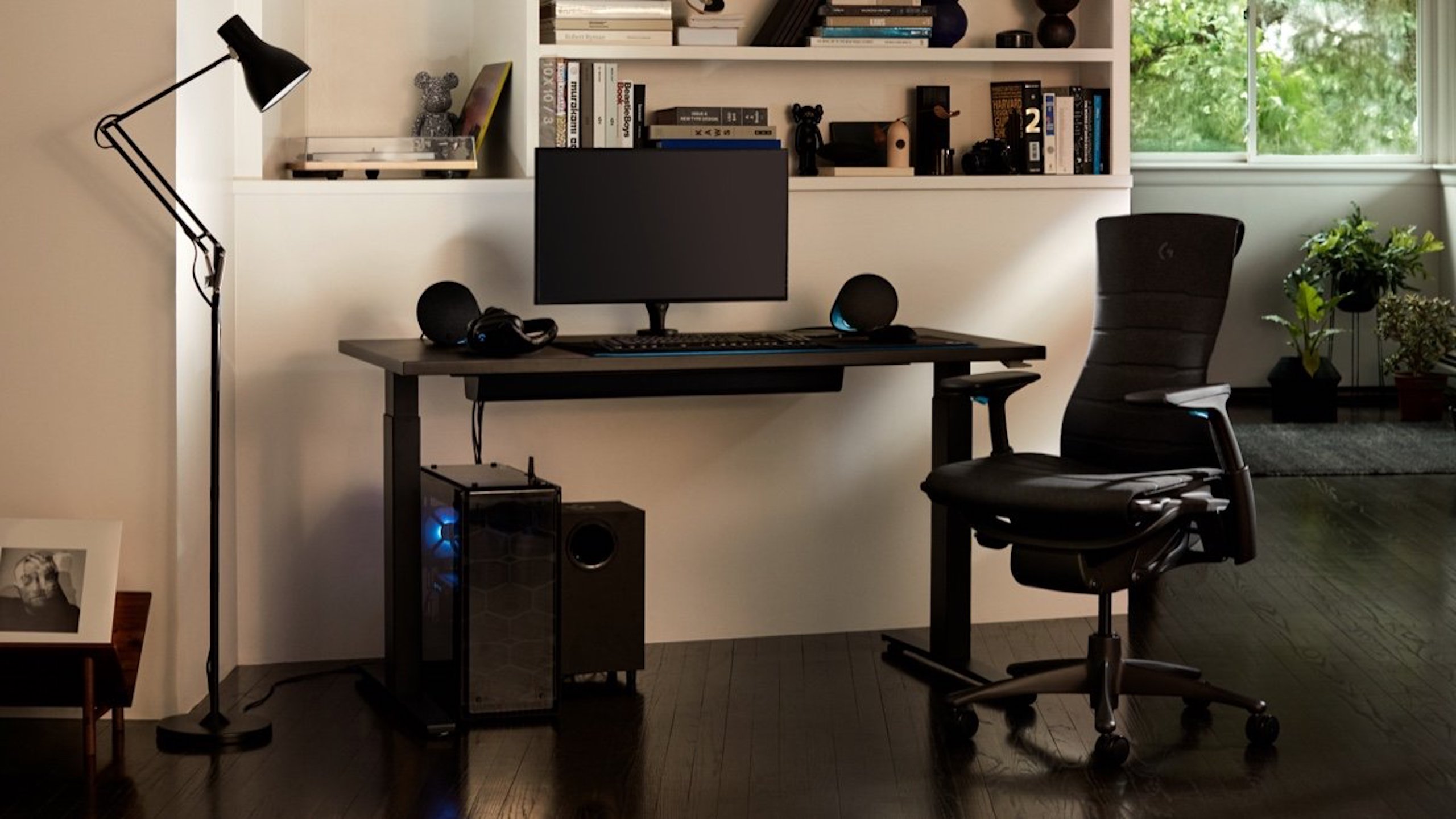
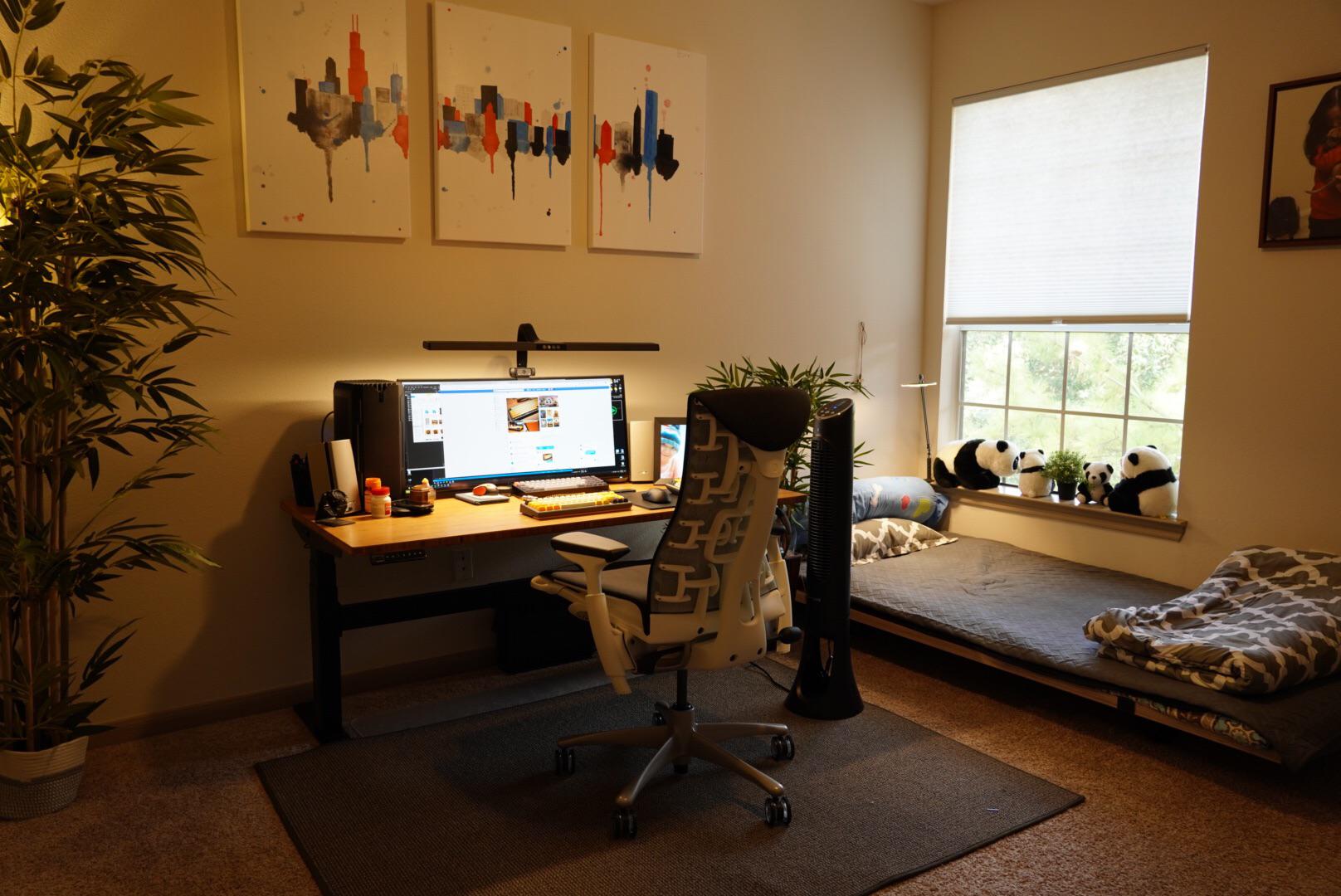
No comments:
Post a Comment